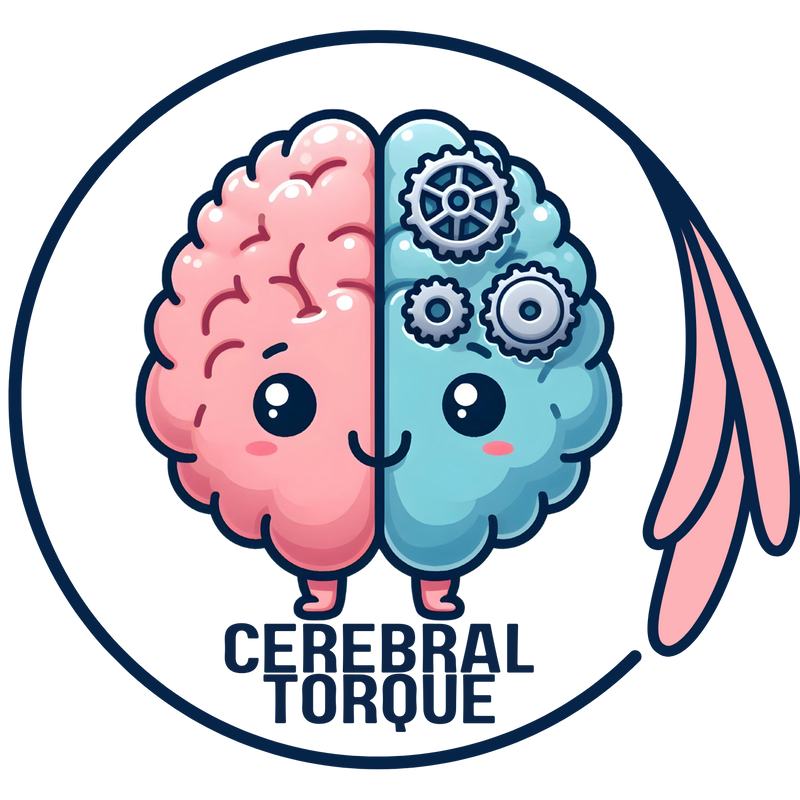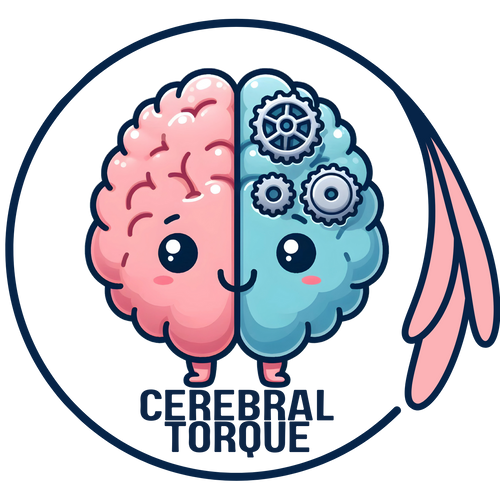Is Botox Safe During Pregnancy for Migraine Patients?
Posted on April 27 2025,
Is Botox Safe During Pregnancy for Migraine Patients?
The Pregnancy Migraine Dilemma
For women with chronic migraine, pregnancy presents a significant challenge. Many standard preventive treatments are contraindicated or restricted during pregnancy due to potential risks to the developing fetus. Medications like valproic acid and topiramate are known teratogens, while even more commonly used options have safety concerns.
This leaves many migraine patients in a difficult position: suffer through debilitating migraine attacks or risk fetal exposure to medications with uncertain safety profiles. As chronic migraine affects approximately 2-4% of the general population and has been ranked as the first cause of disability among women of childbearing age, this is not a small problem.
Limited Options During Pregnancy
Standard migraine preventives during pregnancy fall into first-line and second-line categories, each with their own considerations:
First-line Preventive Therapies:
- Beta blockers (propranolol, metoprolol, atenolol): Not teratogenic, but prolonged use can cause mild fetal growth restriction (especially with atenolol) and transient neonatal bradycardia, respiratory depression, hyperbilirubinemia, and/or hypoglycemia.
- Calcium channel blockers: Commonly used for hypertension and preterm labor without reported adverse fetal effects. Verapamil is preferred due to its relative safety, good tolerability, and ease of use.
- Cyproheptadine: An older antihistamine that does not appear to have adverse pregnancy effects.
- Nutraceuticals: Common nutraceuticals used include magnesium (400-800 mg daily) or riboflavin (400 mg daily), though magnesium can cause transient neurological symptoms and hypotonia in neonates if administered intravenously over a long time.
Second-line Preventive Therapies:
- Low-dose antidepressants: SNRIs like venlafaxine or tricyclic antidepressants may be considered for refractory cases, especially with suspected underlying depression. These haven't been clearly associated with increased risk of congenital anomalies but can have neonatal effects when taken in the third trimester.
- Gabapentin: An option for refractory patients when other treatments fail.
- Anticonvulsants to avoid: Valproate is strongly contraindicated due to serious teratogenic effects. Topiramate increases the risk of cleft lip/palate and low birth weight.
Comanagement with a neurologist is essential for pregnant patients with frequent migraine attacks, and preventive approaches often combine medications with cognitive and behavioral therapy.
OnabotulinumtoxinA (Botox): A Potential Solution?
OnabotulinumtoxinA (Botox) is FDA-approved for chronic migraine prevention and works through local injection into head and neck muscles. Unlike oral medications that circulate throughout the body, Botox acts locally at injection sites with minimal systemic absorption. This unique mechanism has led researchers to investigate whether it might be a safer option during pregnancy.
The theoretical advantage is compelling: if Botox primarily acts at the injection site with minimal systemic distribution, the risk to the fetus should be significantly reduced compared to oral medications. Additionally, its large molecular size (~150 kDa for the toxin itself and ~900 kDa for the whole complex) would theoretically prevent it from crossing the placental barrier even if small amounts entered the bloodstream.
What Does the Research Show?
Key Findings from These Studies
Latest Hull Study Results (2025)
The most recent and largest study specific to chronic migraine in pregnancy tracked 126 women over 14 years:
- 77% (97/126) chose to continue Botox treatment during pregnancy
- 100% of women who continued treatment remained in migraine remission
- Only 31% (9/29) who stopped treatment maintained remission
- Miscarriage rate: 2.1% (continued) vs 3.4% (discontinued)
- No fetal malformations reported in any pregnancies
Birth Outcomes in the Largest Safety Study
In the Brin et al. study of 397 patients exposed to Botox:
- Only 2.6% of live births had abnormal outcomes (4 out of 152)
- This rate is lower than the general population rate of 3-6% for birth defects
- 94.6% of exposures occurred before conception or during first trimester
- Approximately 30% of patients were being treated for chronic migraine
The first case report involved a 26-year-old woman who restarted Botox treatment at the 18th week of pregnancy after experiencing significant worsening of migraine when she discontinued it. She received a lower dose (71 units vs. the standard 155-195 units) and experienced significant relief with no adverse pregnancy outcomes. Follow-up of the child until age 6 revealed normal neuromuscular development.
Access the Robinson & Grogan Case Report (2014)A larger study by Wong and colleagues tracked 45 patients who became pregnant while receiving Botox treatment. Of these, 32 chose to continue quarterly Botox injections throughout pregnancy. Among this group, 31 delivered full-term, healthy babies with no congenital malformations. Only one patient experienced a miscarriage.
Access the Wong et al. Study (2020)The most comprehensive data comes from a cumulative 29-year safety update that included 397 patients exposed to Botox (35.3% for aesthetic purposes and 30.3% for chronic migraine). The study followed 195 pregnancies, with 94.6% of Botox exposures occurring before conception or during the first trimester. Among the 152 live births, 148 (97.4%) newborns had normal outcomes.
Access the Brin et al. Safety Update (2023)The most recent update on chronic migraine specifically comes from a 2025 study that expanded the Hull cohort to 126 pregnancies over 14 years. This study provided particularly compelling evidence for treatment continuation: every single woman who chose to continue Botox treatment (97 out of 126) maintained migraine remission throughout pregnancy. In stark contrast, 69% of women who discontinued treatment experienced migraine relapse during pregnancy, requiring alternative treatments like occipital nerve blocks.
Access the Wong et al. Updated Study (2025)What About Breastfeeding?
Data on Botox use during breastfeeding is more limited, but the available evidence is encouraging. One study collected breast milk samples from four women who received Botox injections for cosmetic purposes. While Botox was detectable in some samples (8 out of 16 total), the levels ranged from 85.24 to 746.82 pg/mL, which is considered well below any potentially harmful dose for infants.
Access the Hudson et al. Breast Milk Study (2024)The large molecular size of Botox and its local mechanism of action suggest that transfer into breast milk is likely minimal. However, clinical studies specifically addressing this question in migraine patients are still needed.
Preclinical Studies
Animal studies have shown:
- Single injections at therapeutic doses showed no adverse effects on fetal development in rats
- Negative fetal outcomes were primarily observed at doses high enough to cause systemic toxicity in the mother
- Adverse effects were dose-dependent and occurred at doses significantly higher than those used in clinical practice
FDA Classification and Regulatory Information
The FDA currently assigns a pregnancy Category C rating for OnabotulinumtoxinA (Botox), indicating a lack of adequate and well-controlled studies in pregnant women. This classification acknowledges that animal studies have shown adverse effects on the fetus, but there are no adequate human studies, and potential benefits may warrant use of the drug despite potential risks.
View FDA Botox Prescribing InformationFDA Considerations
- In animal studies, intramuscular Botox administration to pregnant rats during organogenesis produced decreased fetal weight and decreased fetal bone ossification, but only at high doses of approximately 4 units/kg
- These high doses are equivalent to about 1½ times the maximum recommended human dose for upper limb spasticity (360 units)
- The doses used for chronic migraine (155-195 units) are significantly lower than those shown to cause issues in animal studies
- The FDA black box warning for Botox relates to the potential spread of toxin effects beyond the injection site, but no definitive serious adverse events are reported specifically for the chronic migraine indication
According to a review by Smirnoff from Stanford Medicine's Headache Division, OnabotulinumtoxinA may actually be a safer option for pregnant migraine patients compared to many oral preventives. Most other migraine preventive medications are either Category C (beta blockers, SNRIs, amitriptyline) or Category D (topiramate, valproic acid, nortriptyline), with only memantine and cyproheptadine classified as Category B.
Access Smirnoff's ReviewAn important consideration is that Botox is a large molecule (approximately 900 kDa in its complexed form), which theoretically makes it too large to cross the placental barrier. This physical property, combined with its local mechanism of action and quarterly administration schedule, potentially offers safety advantages over daily oral medications that are known to freely circulate throughout the body.
Conclusions: Is Botox Safe During Pregnancy?
Current evidence suggests that Botox, when used at therapeutic doses for chronic migraine prophylaxis, does not appear to significantly increase the risk of major fetal malformations or adverse pregnancy outcomes. The latest evidence from 126 pregnancies over 14 years shows no fetal malformations and demonstrates that continued treatment maintains 100% migraine remission compared to high relapse rates when treatment is stopped.
Its local mechanism of action and minimal systemic distribution reduce potential risks to both the fetus and the breastfeeding newborn. The growing body of evidence, including the 2025 updated study showing excellent safety outcomes across 126 pregnancies, provides increasing confidence in its use.
However, due to the lack of robust data from controlled clinical trials, Botox use during pregnancy and breastfeeding should still be carefully considered on a case-by-case basis, weighing maternal benefits against potential risks. The decision should be made only after thorough discussion of the available evidence, alternative options, and individual risk factors.
"The latest data from 126 pregnancies over 14 years strongly supports the International Headache Society's practical recommendation for Botox in women with chronic migraine during pregnancy and breastfeeding. With 100% migraine remission maintained in those who continued treatment and no fetal malformations reported, it represents a compelling option after balancing risks and benefits given its limited systemic effects."
Clinical Recommendations
- Consider Botox as an option after standard pregnancy-safe preventives have failed or are contraindicated
- Use the lowest effective dose, particularly during the first trimester
- Fully inform patients about the limited but encouraging safety data
- Document the decision-making process and informed consent
- Monitor pregnancy outcomes and report data to help build the evidence base
- Robinson & Grogan Case Report (2014): Robinson, A.Y. & Grogan, P.M. (2014). OnabotulinumtoxinA successfully used as migraine prophylaxis during pregnancy: A case report. Military Medicine, 179(6), e703-e704.
- Wong et al. Study (2020): Wong, H.T., Khalil, M., & Ahmed, F. (2020). OnabotulinumtoxinA for chronic migraine during pregnancy: A real world experience on 45 patients. The Journal of Headache and Pain, 21, 129.
- Brin et al. Safety Update (2023): Brin, M.F., Kirby, R.S., Slavotinek, A., Adams, A.M., Parker, L., Ukah, A., Radulian, L., Elmore, M.R.P., Yedigarova, L., & Yushmanova, I. (2023). Pregnancy Outcomes in Patients Exposed to OnabotulinumtoxinA Treatment: A Cumulative 29-Year Safety Update. Neurology, 101(1), e103-e113.
- Hudson et al. Breast Milk Study (2024): Hudson, C., Wilson, P., Lieberman, D., Mittelman, H., & Parikh, S. (2024). Analysis of Breast Milk Samples in Lactating Women After Undergoing Botulinum Toxin Injections for Facial Rejuvenation: A Pilot Study. Facial Plastic Surgery & Aesthetic Medicine, 26(3), 523-526.
- Wong et al. Updated Study (2025): Wong, H.T., Khan, R., Buture, A., Khalil, M., & Ahmed, F. (2025). OnabotulinumtoxinA treatment for chronic migraine in pregnancy: An updated report of real-world headache and pregnancy outcomes over 14 years in Hull. Cephalalgia, 45(5), 1-7.
- Smirnoff's Review (2022): Smirnoff, L. (2022). Safety of OnabotulinumtoxinA in the management of chronic migraine in pregnancy. Frontiers in Pain Research, 3:967580.
- FDA Botox Prescribing Information: U.S. Food and Drug Administration. (2021). BOTOX® (onabotulinumtoxinA) for injection, for intramuscular, intradetrusor, or intradermal use. Prescribing Information.
Sat, Nov 01, 25
Anti-CGRP Monoclonal Antibody Migraine Treatment: Super-Responders and Absolute Responders and When to Expect Results
Anti-CGRP monoclonal antibodies achieved 70% super-response and 23% complete migraine freedom in a one-year study. Most dramatic improvements occurred after 6 months of treatment. For patients with chronic or high-frequency...
Read MoreAll Non-Invasive Neuromodulation Devices for Migraine Treatment
Wondering if migraine devices actually work? This guide breaks down the latest evidence on non-invasive neuromodulation devices like Cefaly, Nerivio, and gammaCore. Learn which devices have solid research backing them,...
Read MoreSun, Sep 14, 25
Neuroimaging Differences Between Migraine Types: Aura vs. Without Aura
Discover the latest neuroimaging research revealing key brain differences between migraine with aura and migraine without aura.
Read More



